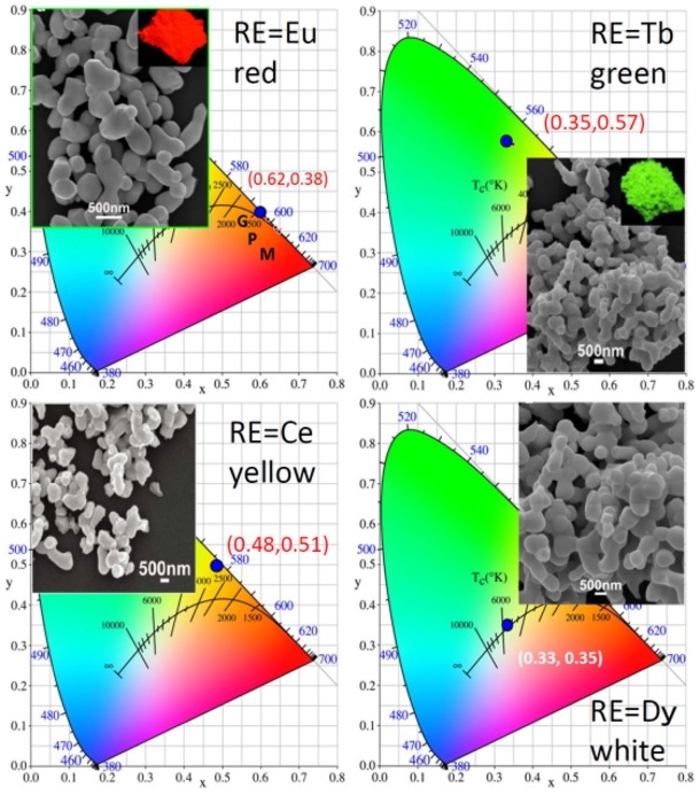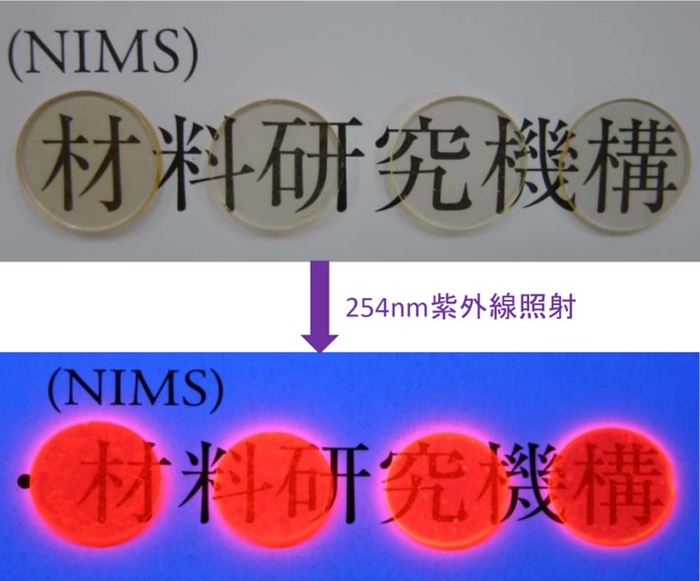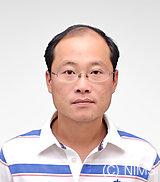- Address
- 305-0044 1-1 Namiki Tsukuba Ibaraki JAPAN [Access]
Research
- Keywords
optically functional inorganic materials (phosphors, photocatalysts, transparent ceramics)
PublicationsNIMS affiliated publications since 2004.
Society memberships
日本セラミックス協会
Research Center for Electronic and Optical Materials
Inorganic optical materials
Ceramic powders, liquid phase processing, Sintering, Transparent ceramics, Optical property
Overview
Phosphors and transparent ceramics are optically functional materials that are finding wide applications in LED lighting, display, solid state lasers, and scintillation. The current advances in the above technological fields are imposing a strong need for new materials and fabrication technologies to achieve cost reduction and improved/novel optical properties.
Novelty and originality
• Through rational design of precursors and synthesis technologies, highly sinterable ceramics powders that can be fully densified at significantly reduced temperatures can be produced
• Through morphology control of the crystallites (size/shape/exposed facets), improved/novel luminescence properties can be attained
• Through polyhedron design of the activator ion and composition/structure design of the host lattice, high performance new phosphors can be expected
Details


The left-hand Figure shows multicolor emitting (Gd,Ln)3(Al,M1/M2)5O12:RE3+ phosphors, where Ln is a lanthanide element, M1 and M2 are 2+ and 4+ charged dopant ions, respectively, and RE3+ is an activator ion. The compounds were derived by modifying the Gd and Al sites of Gd3Al5O12 garnet (GAG), and such a strategy not only stabilized the metastable lattice of GAG but also produced multicolor luminescence by doping different types of activators.
The right-hand Figure shows the (Y,Gd)2O3:Eu3+ transparent ceramics, which were fabricated via vacuum sintering at only 1700 °C for 4 h but are as transparent as the corresponding single crystals. The oxide powders used for sintering were obtained by engineering of layered hydroxide nanosheets, including composition design and thickness control, followed by proper calcination. The derived oxide particles showed high dispersion, high specific surface area and unimodal size distribution, revealing the significant advantages of the synthesis technology.
Summary
The ultimate goal of research is to develop advanced phosphors and transparent ceramics for application in the important fields of lighting/display, solid laser and scintillation (imaging), which is largely based on controllable processing of powders and rational design of chemical composition and crystal structure of the materials.

